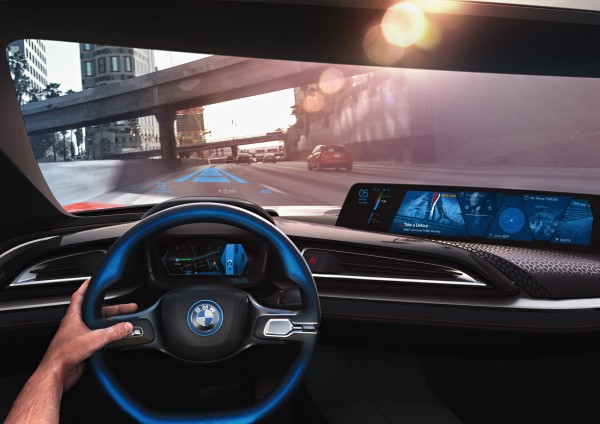
Most cars capable of any form of autonomous driving or even more limited self-driving capabilities currently utilize on-the-market camera sensors which more often than not are designed for mobile devices. Though adequate, the majority of these sensors have been optimized for efficiency and small form factor, a luxury that a car does not need to adhere to.
One of the biggest obstacles that faces car manufacturers is to incorporate a sensor that’s capable of seeing in the daytime, nighttime, and those pesky in-between hours. Add on top of that transitioning in and out of a tunnel and the large contrasts that take place between bright lights at night on dim streets and you’ll begin to see the challenges that exist for a camera sensor.
Enter the Sony IMX390 sensor. Steve Dent from Engadget writes this:
Features of the 2.45 (effective) megapixel sensor include light sensitivity down to 0.1 lux, helping a vehicle see road signs or pedestrians on a clear, full-moon night — without its lights. It’s also got 120dB HDR sensitivity, wide enough to handle tunnels or urban night driving. It can mitigate flicker using a longer exposure time, a function that works in parallel with HDR, since both situations often occur at the same time.
Sony says the device also meets automotive reliability and safety standards. That’ll make its low-light and HDR capability important, because Europe’s automotive safety board will “include nighttime pedestrians as targets for automatic braking collision avoidance systems in 2018,” Sony says.
As I often mention, technical specs aren’t everything and to the camera enthusiasts, the specs of the IMX390 might seem borderline offensive, but unlike your traditional camera sensor, this one was designed and optimized for a specific task. David Cardinal from Extreme Tech:
At 2.45MP, it is lower-resolution than even most selfie imagers. However, the limited resolution allows for reasonable size pixels despite the sensor’s small 1/2.7 form factor.
In any case, today’s car computers are limited in how much video they can process, so most systems in development currently don’t employ much more than 2MP (roughly 1080p) cameras.
I wrote an extensive piece about Sony’s future and self-driving cars and this plays into that narrative beautifully. Over the next decade, we’re going to see more and more cars gain abilities that will range from basic lane changing to full autonomous driving. For once, Sony is uniquely positioned to take advantage of a market that’s only beginning to form with no other competitor on the horizon.
If they can seize the moment, this new venture can add billions of dollars to Sony’s bottom line and valuation. From there, products like robots and drones which span across multiple categories will need also need similar sensors that are less about megapixels and more about being able to obtain specific sets of data – a market that’s perfect for Sony to conquer.
The Sony IMX390 will enter small production runs starting next month with a ship date of March 2018 for the finalized version.

You must be logged in to post a comment.